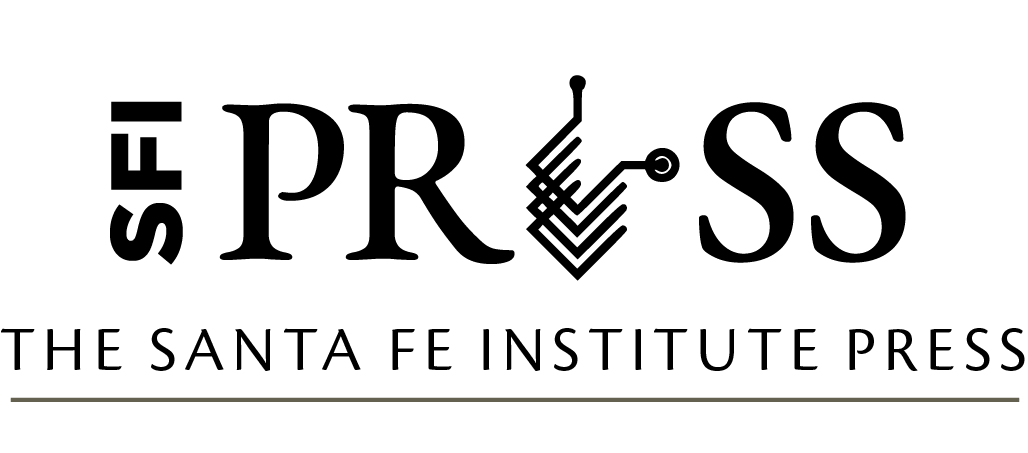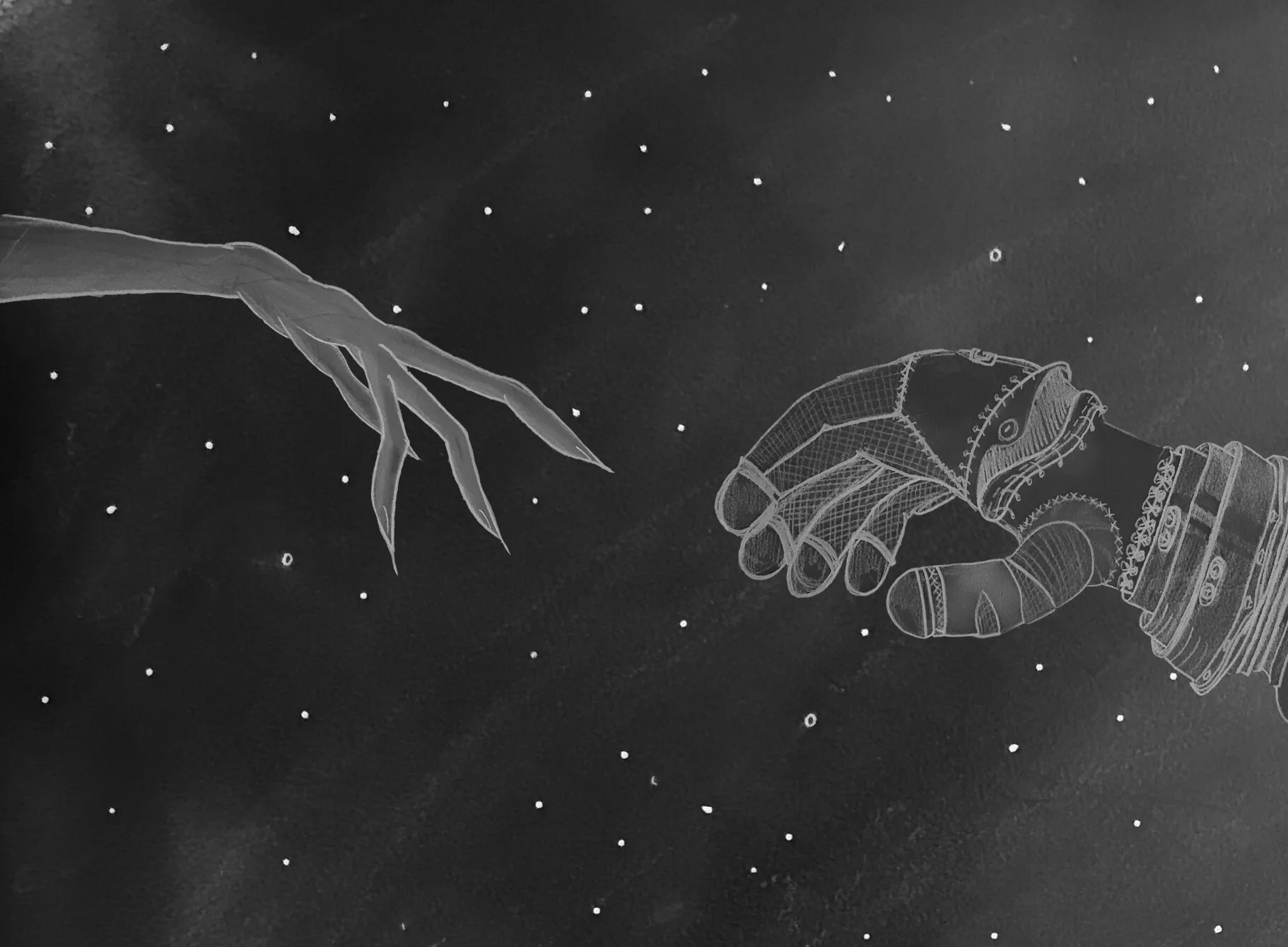New Book: Complexity, Entropy & the Physics of Information
Book: Complexity, Entropy & the Physics of Information
Edited by Wojciech H. Zurek
$10.99 (Paperback)
Publisher and imprint: The SFI Press Archive Series
444 pages (volume I); 416 pages (Volume II)
Paperback ISBN: 978-1-947864-27-6 (volume I); 978-1-947864-30-6 (volume II)
Publication Date: February 28, 2023
Available on Amazon.com
For a few days early in the summer of 1989, roughly 80 physicists, computer scientists, mathematicians, and curious others flocked to St. John’s College in Santa Fe for what, in hindsight, was a foundational meeting on the physics of information.
The workshop was hosted by the Santa Fe Institute, then just five years old, and brought together researchers who shared common convictions about the centrality of information. In the late 1940s, Claude Shannon had described a kind of grand theory of communication — the mathematical rules for how information is transmitted. His work, and that of others, sparked decades of excitement among scientists, but by the 1980s the hype had largely deflated, giving way to deep theoretical and experimental work.
The workshop attracted “scientists who took Shannon seriously, and who instituted a new science of physics and complexity based on information theory,” according to quantum mechanical engineer Seth Lloyd, who attended the workshop just after finishing his Ph.D. The participants shared brave new ideas about how information theory could be applied to solving problems in a raft of fields ranging from art to biology to society.
The workshop proceedings, Complexity, Entropy and the Physics of Information, were originally published in 1990, but contain many ideas that are still relevant today. In early 2023, the SFI Press issued a reprint of the proceedings as part of its mission to make important works of complexity science affordable and accessible. This re-publication also includes a new foreword by Lloyd.
The original proceedings begin with a “manifesto” that borrows from Marx and Engels' The Communist Manifesto. “The specter of information is haunting sciences,” wrote theoretical physicist Wojciech Zurek, who organized the workshop. Indeed, the proceedings describe a sprawling spectrum of ideas. They connect the natural sciences to the science of computation, and they characterize the emergence of classical physics from the quantum realm in the early universe.
Heady topics like these — and dozens of others — seemed, at the time, almost revolutionary. “These ideas were very much in the thin air back then,” says Zurek, at Los Alamos National Laboratory. “But it was very clear to us who attended that this was the beginning of something big. It didn’t feel fringe to us.”
Many of the ideas would prove to be transformative. “Some of the ideas that people were talking about then became the foundations for novel ways of thinking about computation,” says Lloyd, now at MIT, whose says his own interest in information theory, in the 1980s, isolated him from other researchers. At SFI, “I thought, oh my God, there’s a community working on this, and it’s my community.”
Zurek says that a reissue of the proceedings is both a historical nod to the importance of the papers and a possible source of inspiration. “A lot of ideas are in that book,” he says. “Some of them have been explored. But some of them are seeds which haven’t germinated completely. These ideas may yet develop into something influential and interesting, and intellectually satisfying.”
This article originally appeared on santafe.edu/news


